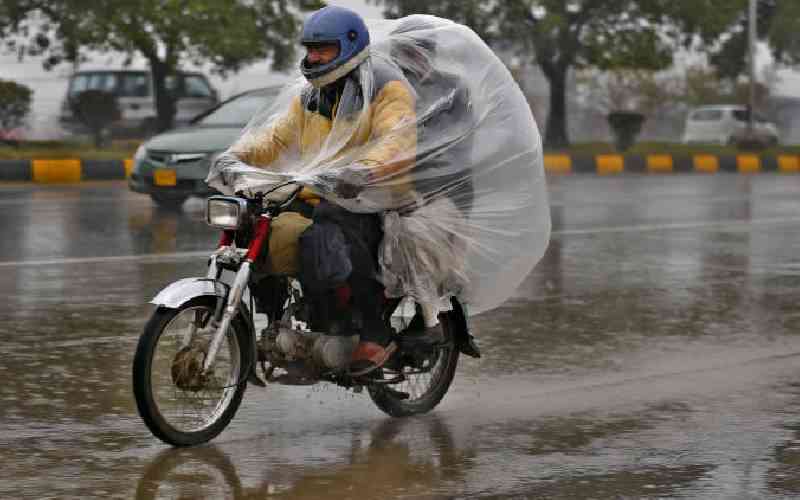×
The Standard e-Paper
Home To Bold Columnists

The figures arising from the flooding catastrophe in Pakistan are devastating for a country with such high levels of poverty.
According to the local National Drought Management Authority, at least 1,160 deaths had been reported by Tuesday. Over 700,000 livestock were killed, with no figure mentioning wild animals, neither is amount of crops lost in the farms.